Overcoming Common Lip Filler Issues
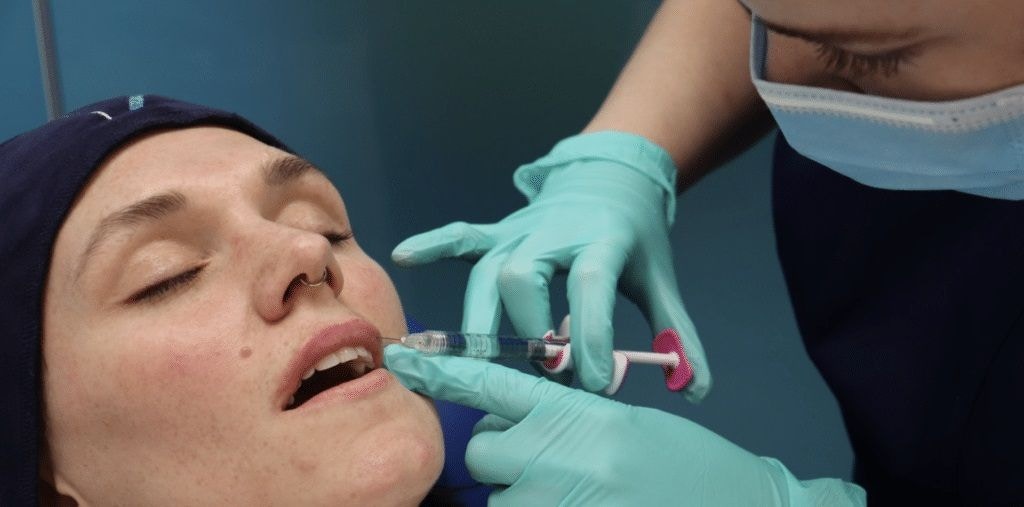
Lip filler is one of the most popular of all the fundamental aesthetics treatments with students. It’s favoured by patients, is relatively quick to perform and allows you to flex your creative muscles.
It’s also a treatment that requires extreme care and product knowledge, as well as a solid injecting technique.
There are a number of common lip filler issues new injectors tend to run into. To help you avoid these, we interviewed clinical trainer, Dr Carol Mastropierro, as aesthetics specialist and Level 7 Diploma graduate.
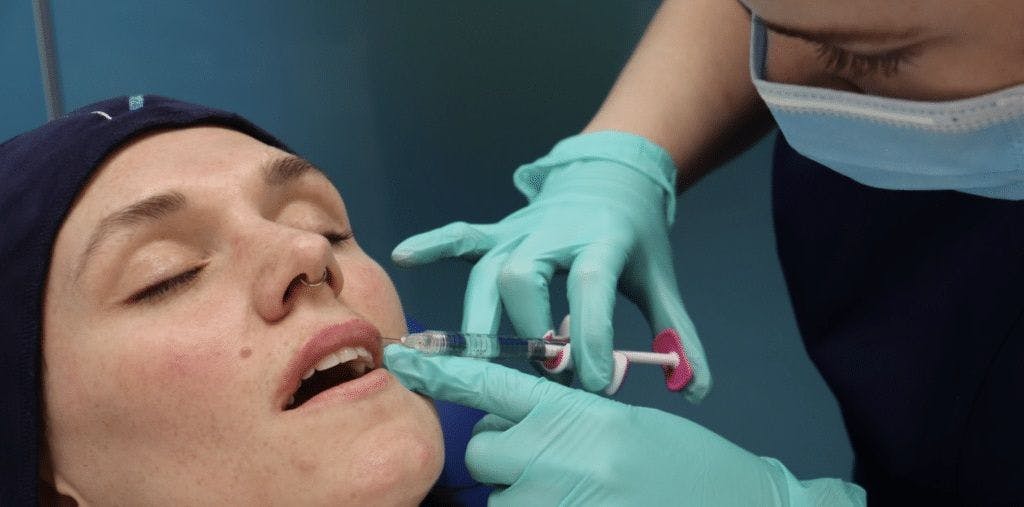
Answering new injectors’ lip filler FAQs
Here, Dr Carol answers some of our most frequently asked questions about lip filler issues.
How do you know which lip filler product to use?
“As a rule of thumb, never use more than 1ml in the lips, in total. Obviously every patient should be treated as an individual, with amounts based on their unique proportions. However, I currently prefer to use between 0.6-0.8ml depending on the initial lip size.
More and more filler brands have been coming out with smaller size syringes, specifically for the lips. This backs the “less is more” approach and the societal shift towards patients preferring a more natural aesthetic. Hopefully we are starting to see fewer people requesting over-filled outcomes.
Students taking Harley Academy aesthetic medicine courses will generally learn lip filler using Juvéderm Volbella and Volift. However, we will also discuss alternative lip fillers and their rheology with you during your training.”
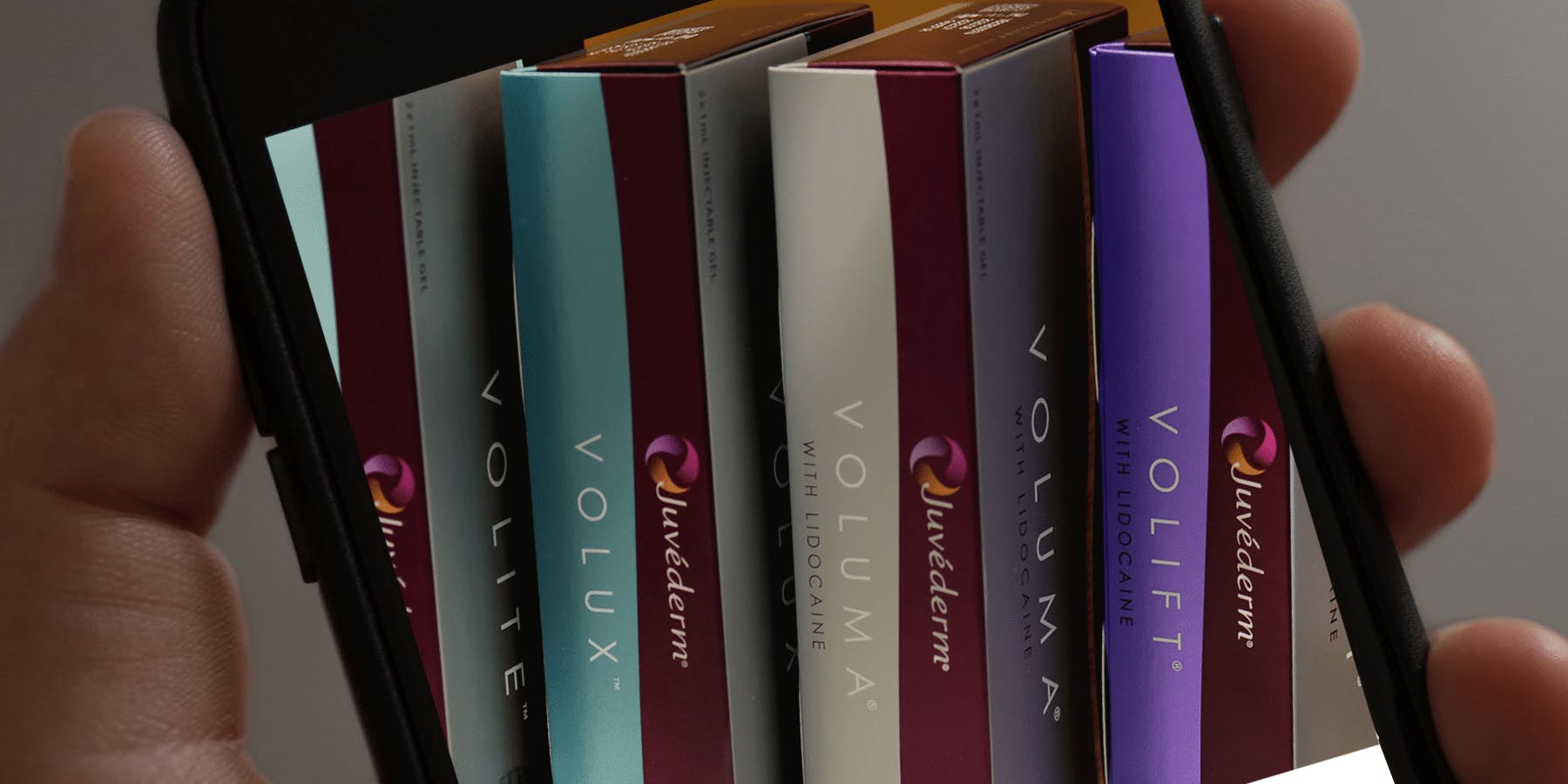
What are the product selection considerations for adding definition versus adding volume?
“Make yourself familiar with the rheology of your dermal filler products. Definition is better achieved with a filler that doesn’t attract as much water. Whilst volume is the opposite and you’re best served by using a more hydrophilic product. Using the range of Juvéderm fillers, Volbella will give a more natural, defined result whereas Volift adds volume to the lip body.”
How do I produce equal threads?
“Practice! Once you get to know your filler products you’ll get used to the ejection force you need when injecting. Always have a plan for how much product you intend to use in each quadrant of the lip and inject slowly, using constant pressure. This way, you don’t have to be super precise with each thread and you will still get a perfectly symmetrical result!”
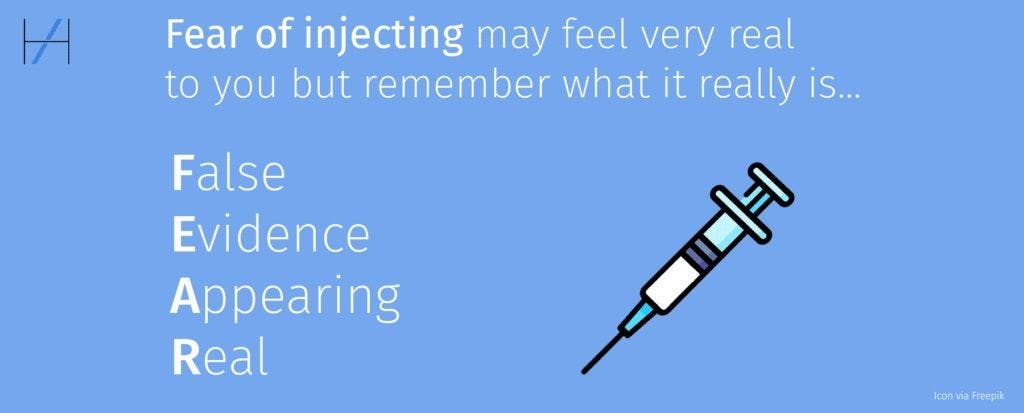
How do I overcome the fear of causing a vascular occlusion (VO)?
“It’s normal to be afraid of a VO. Learn about vascular occlusions, learn the signs so you can recognise them. Remember, they mainly heal with no consequences if treated in a timely manner. In terms of practical advice, I recommend having a physical, printed version of your hyaluronidase (Hyalase) reversal protocol and an escalation plan in place. This could be a local colleague or a complication support group. These will help you to keep calm should an adverse event occur.”
Our head of education, aesthetics expert, Dr Kalpna Pindolia has written a guide to Overcoming the Fear of Injecting which you may find helpful, too.
How to improve your lip filler technique
If you are a licensed doctor, dentist, nurse or midwife looking to improve your lip filler technique, we have a number of options open to you.
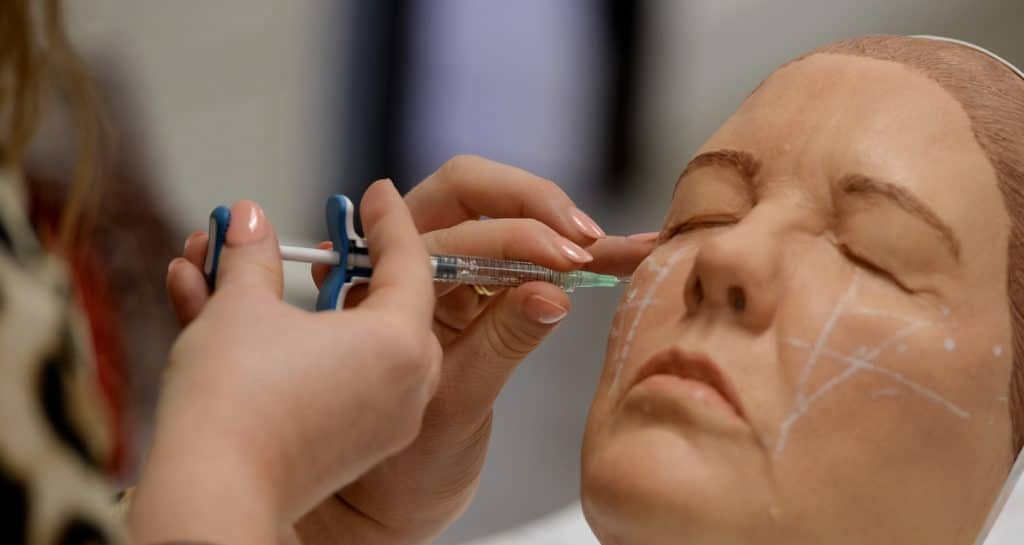
Getting started
If you’re just starting out in aesthetics, you’ll need to complete an initial short course in order to be able to get insured to practice. These should cover a basic run through of the fundamental injectable treatments, including lip filler. At Harley Academy our options for this are…
Foundation Training in Botox and Dermal Fillers
A full day of learning the basics accompanied by 6 hours of eLearning modules which you complete in advance of your in-person training. These give you a better understanding of the underlying principles of aesthetic medicine. On the day, you will learn and practice your injecting techniques on mannequins. You will also be able to treat a live patient.
Core Training in Botox and Dermal Fillers
This enhanced foundation level course includes two days of treatment practice, plus 12 hours of eLearning. Essentially it offers a more thorough grounding than our Foundation Training, with more mentored practical injecting experience.
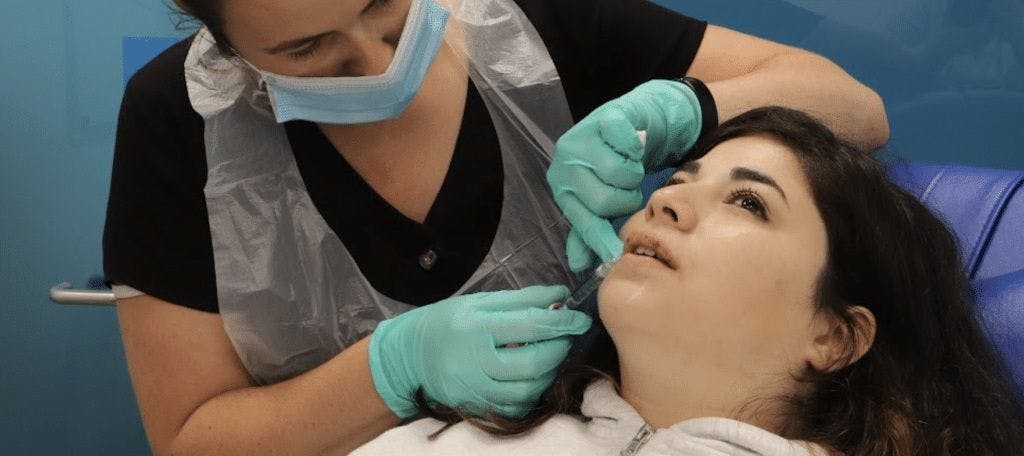
Intermediate to Advanced
If you have completed foundation level aesthetics training – whether with us or elsewhere – you can then move on to more advanced learning. This can be broken down into two categories – a career-based qualification and skills-based mentoring.
Level 7 Diploma in Botox and Dermal Fillers
As the leading postgraduate qualification in UK aesthetic medicine, this Master’s level Diploma course indicates your high standard of safe practice to both patients and potential employers. Available in a number of options – including a Fast Track for seasoned aesthetics practitioners looking to future-proof their career with an official qualification – this is a highly sought after industry qualification.
It equips you with an in-depth knowledge of all areas of medical aesthetics, from facial anatomy, ageing, skin ageing and injection techniques, to patient consultation, product selection, preventing and managing complications as well as the legal and ethical considerations involved.
You will gain real life clinic experience that prepares you to work for others or to run your own clinic. This course also features one-to-one mentored treatment sessions with patients – a particularly valuable experience and the part our students frequently tell us they enjoy the most. This is the qualification for you if you want to become a well-rounded medical aesthetics practitioner on the path to specialist status.
1:1 Perioral and Lip Filler Training
We offer a number of highly-targeted, personal one-to-one mentored training sessions. This Perioral and Lip Filler option is perfect for honing your approach to holistic lip augmentations that respect the patient’s natural proportions. It also offers you the chance to boost your confidence and ask your mentor as many questions as you like, in order to really supercharge your learning experience. Their technical, practical and real-world experience is invaluable and learning in this way is a great way to improve your own skills.
For more information on finding the best aesthetics course for you, book a call in with Deneal Basi, our head of student recruitment. He’ll listen to your needs then recommend the perfect match to get you on the path to becoming #HarleyTrained.
All information correct at the time of publication
Download our full prospectus
Browse all our injectables, dermal fillers and cosmetic dermatology courses in one document
By submitting this form, you agree to receive marketing about our products, events, promotions and exclusive content. Consent is not a condition of purchase, and no purchase is necessary. Message frequency varies. View our Privacy Policy and Terms & Conditions
Attend our FREE open evening
If you're not sure which course is right for you, let us help
Join us online or in-person at our free open evening to learn more
Our Partners
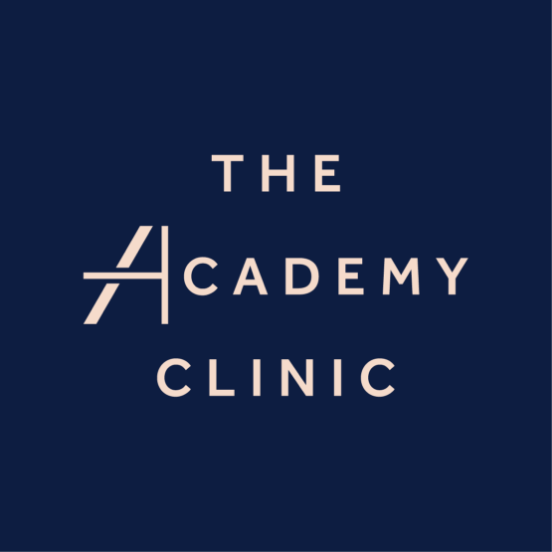
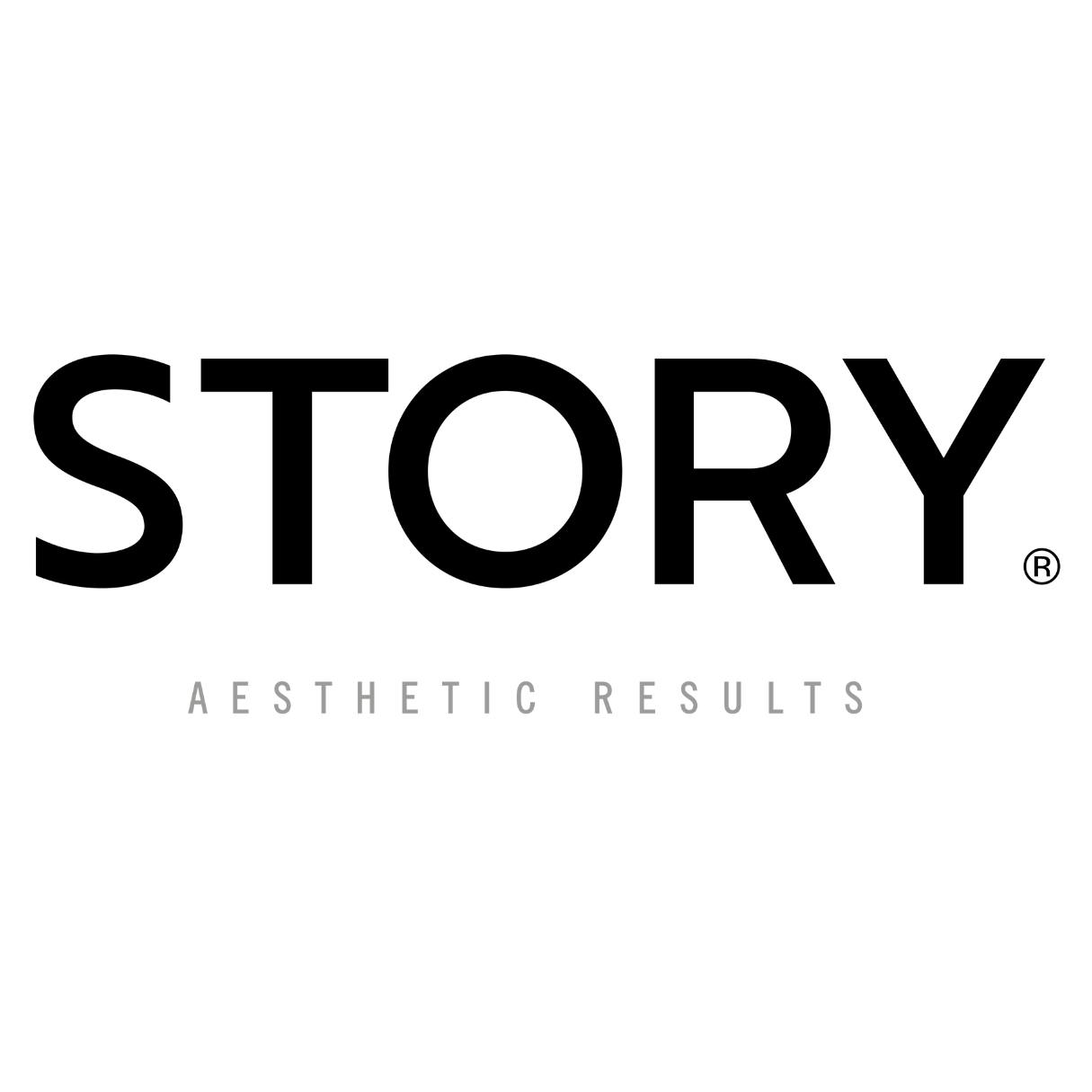
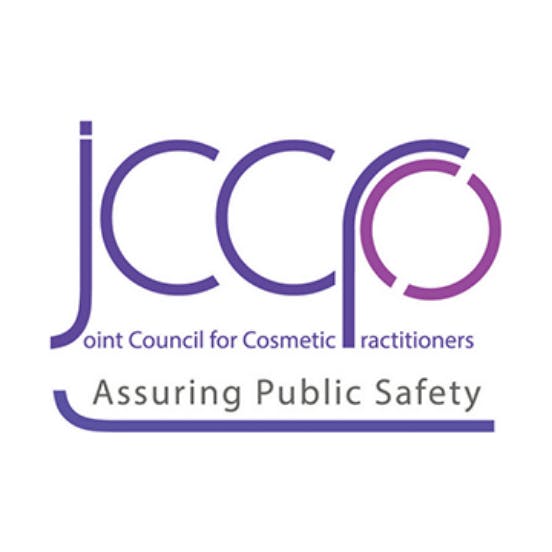
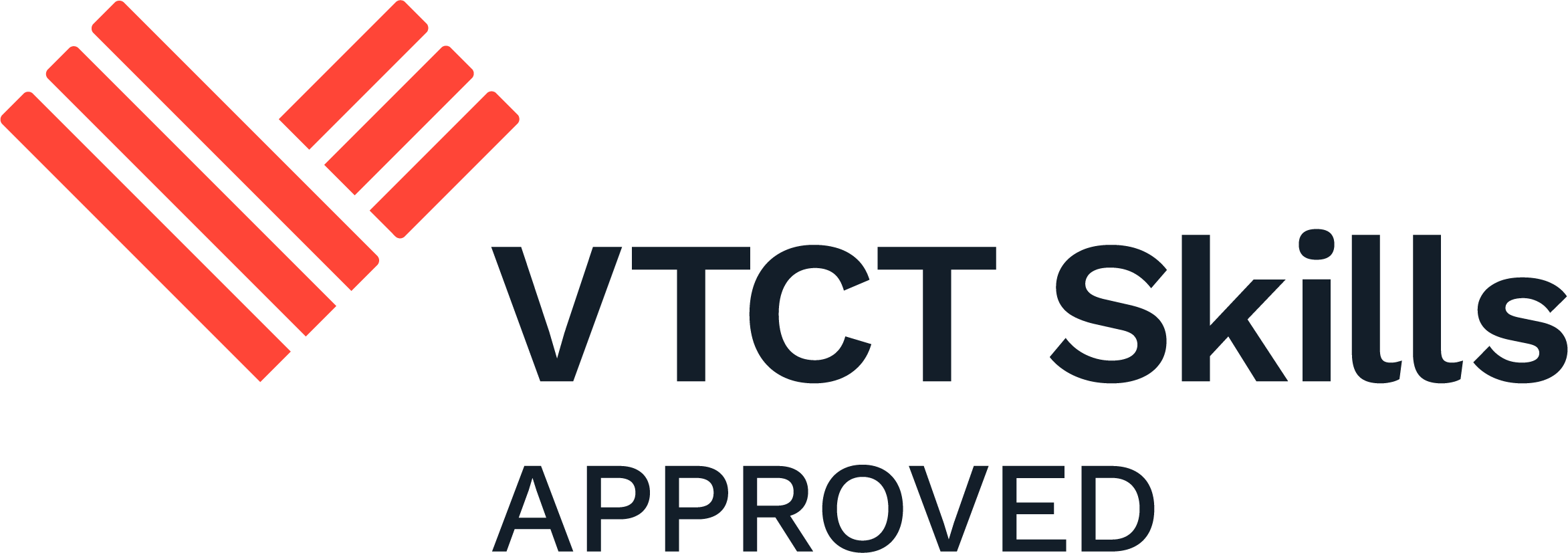

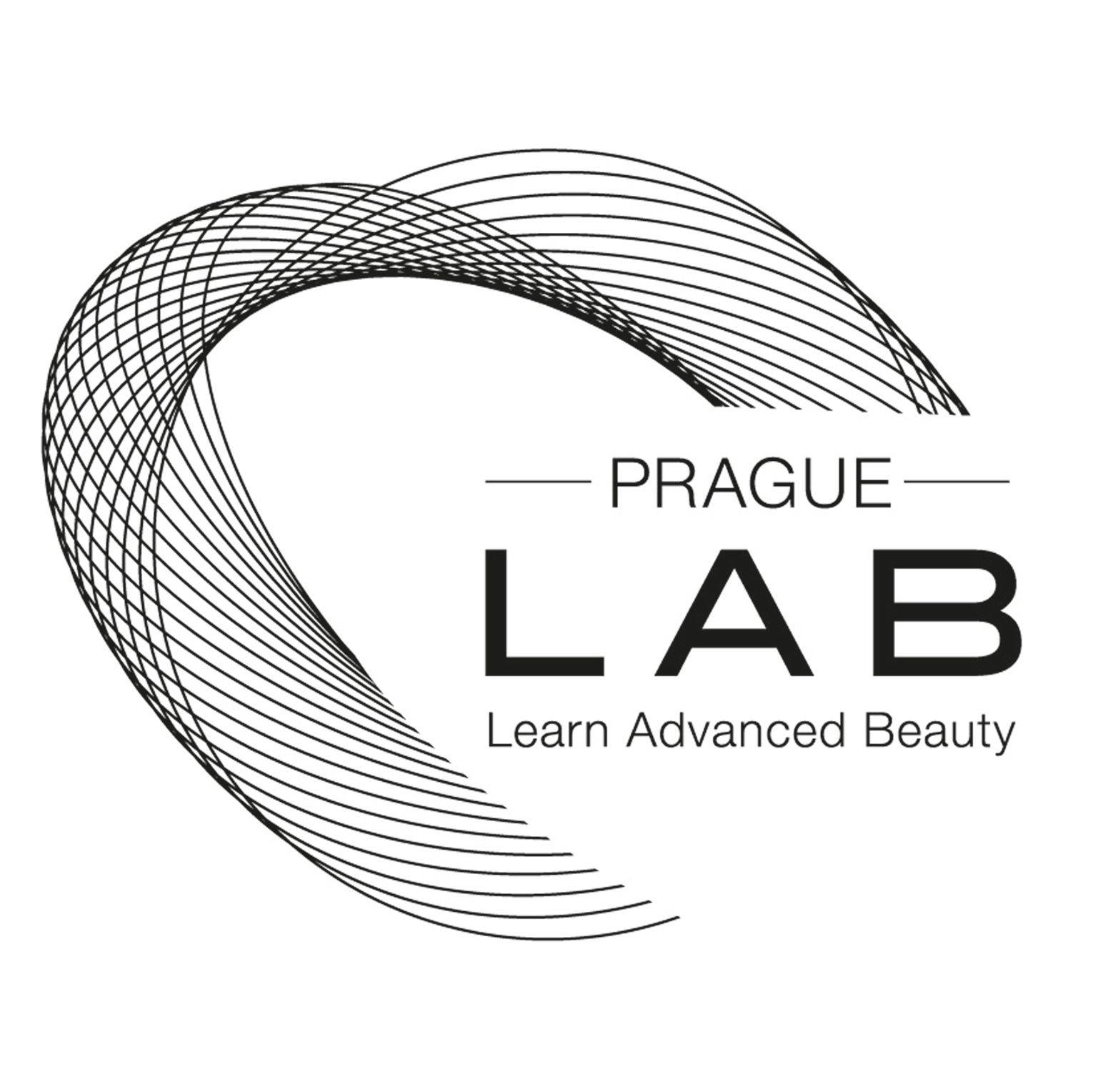
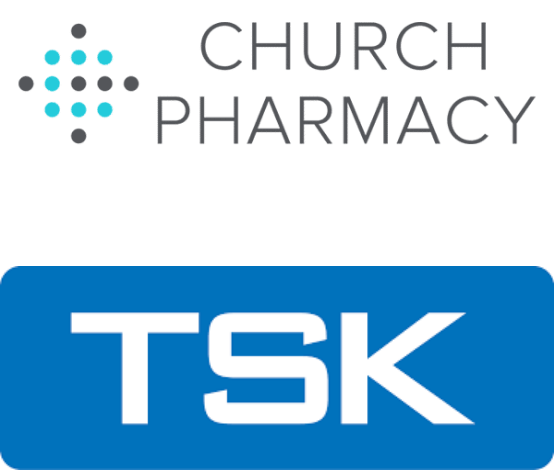
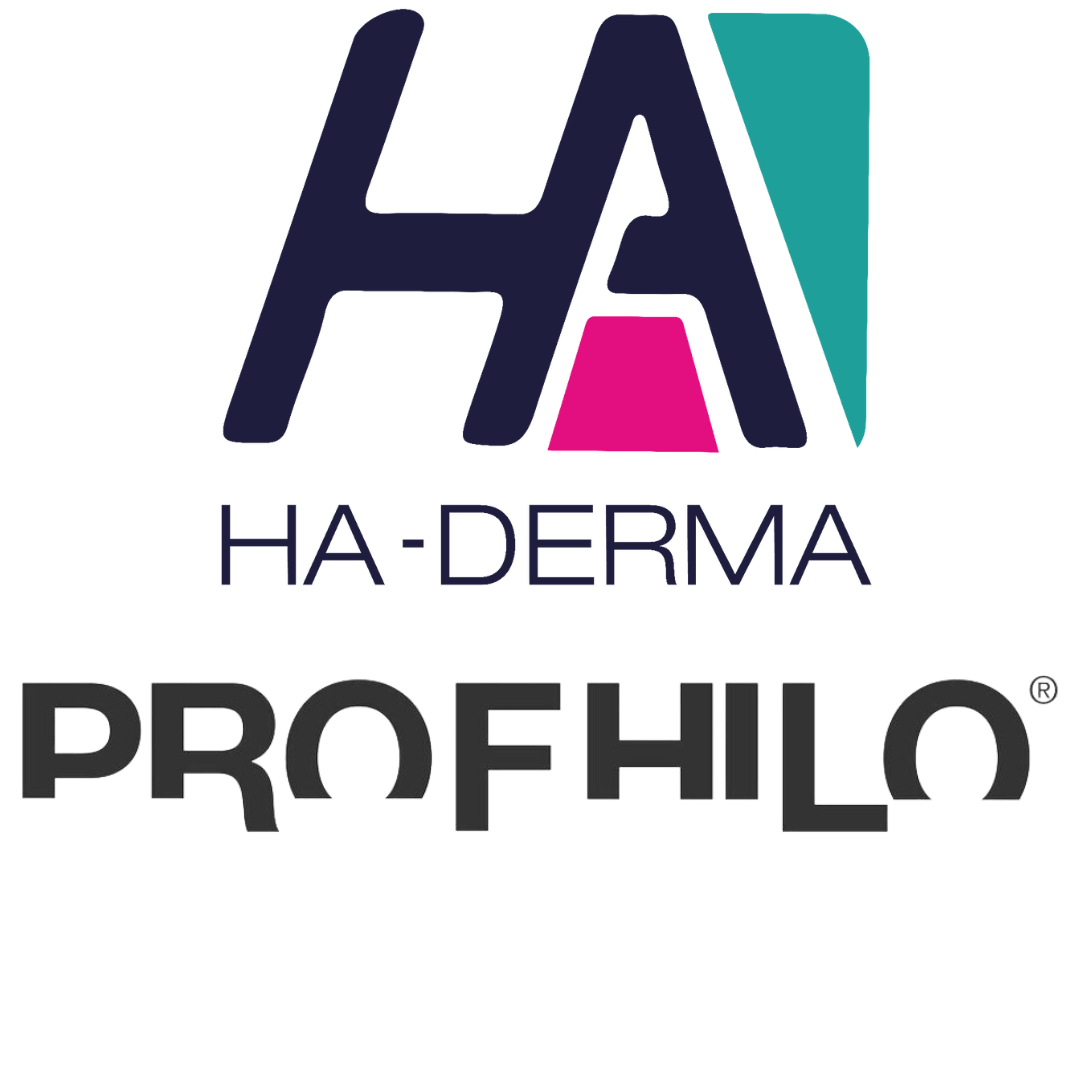
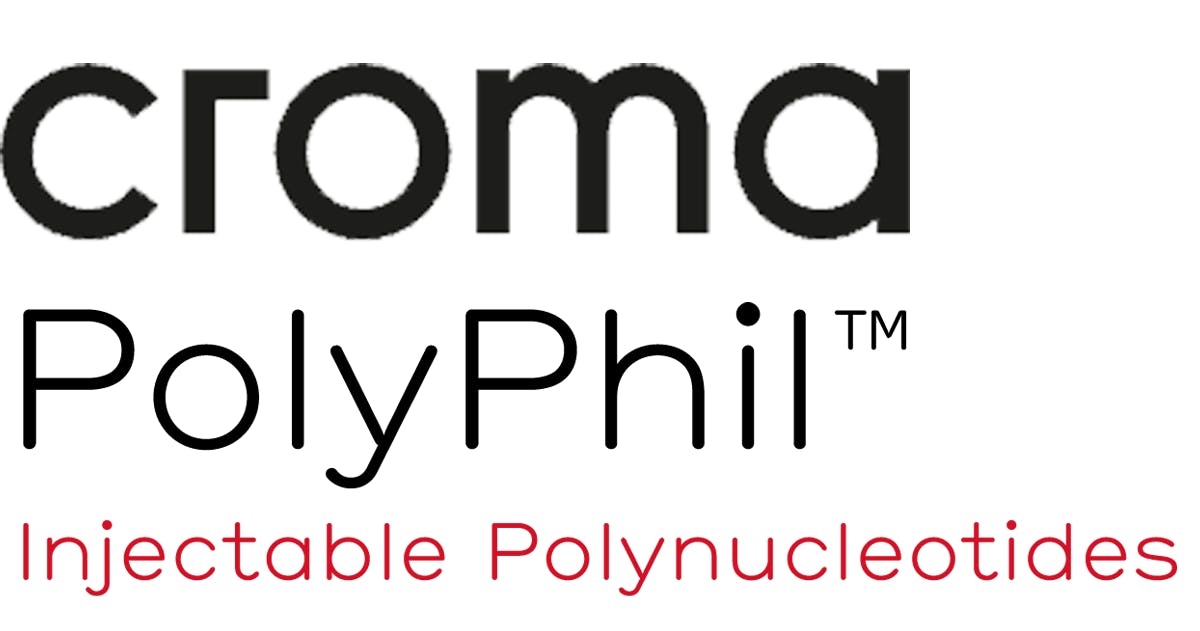

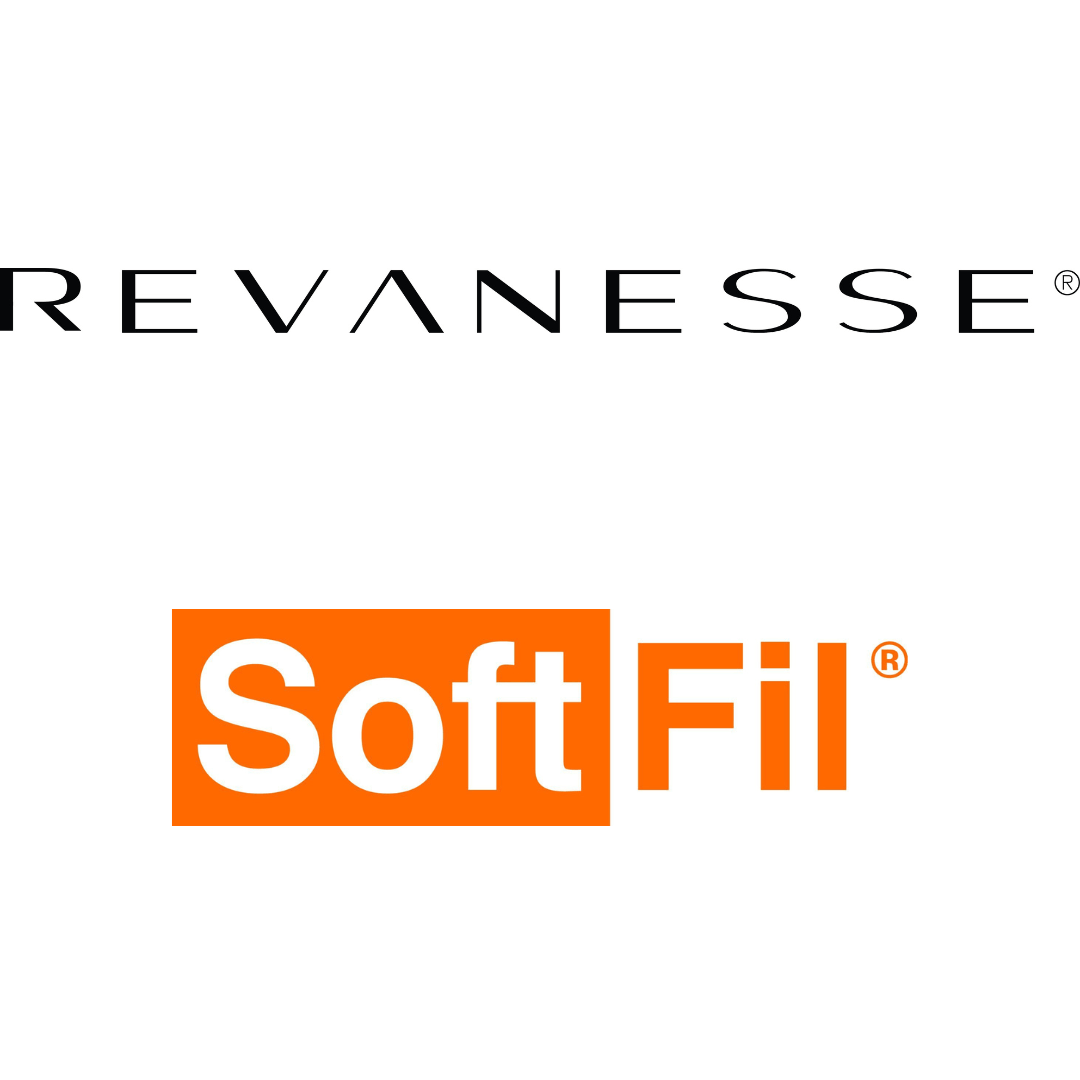
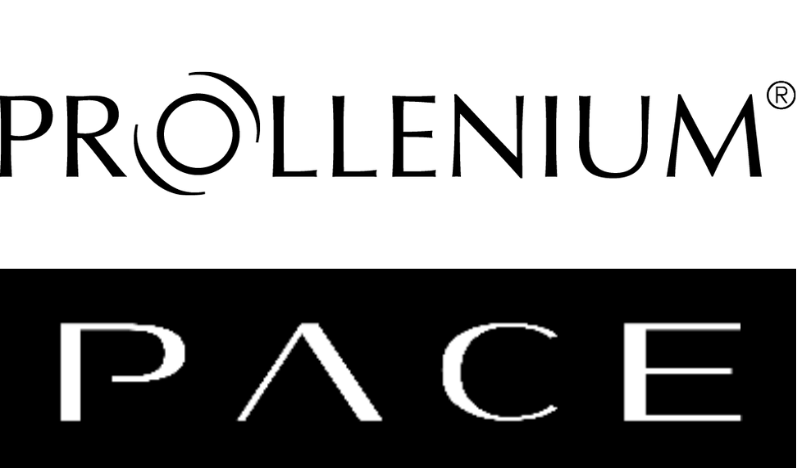
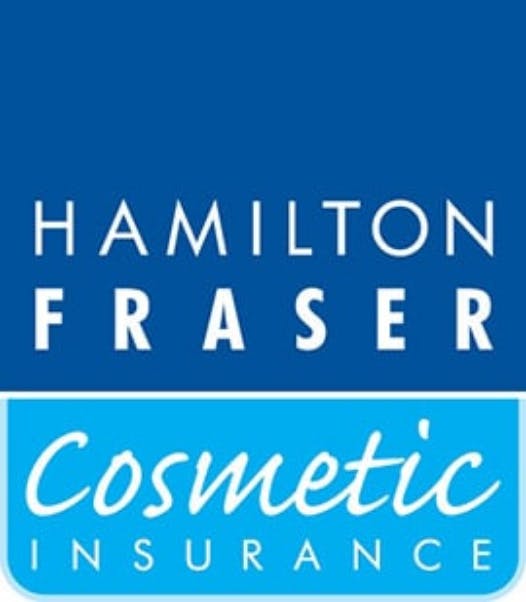
STAY INFORMED
Sign up to receive industry news, careers advice, special offers and information on Harley Academy courses and services

